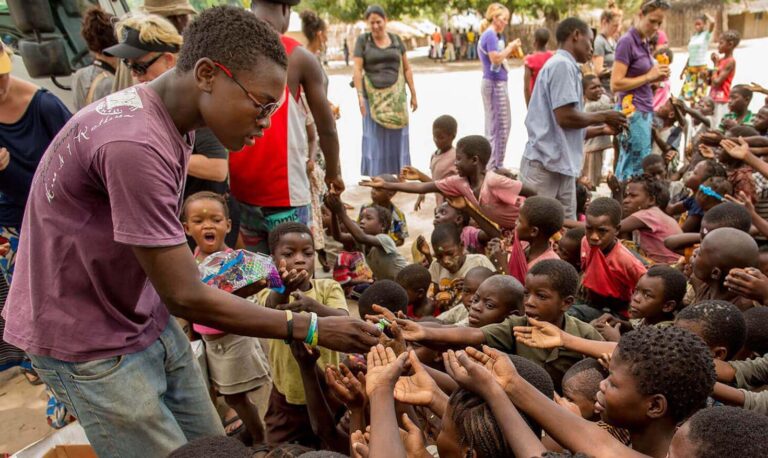Vulnerable Communities: Yellow Fever in Peru
Yellow fever remains a significant public health challenge in Peru, particularly affecting vulnerable communities. This mosquito-borne viral disease impacts populations that often lack adequate healthcare access and resources.
Understanding Yellow Fever
Yellow fever is a disease caused by the yellow fever virus, primarily transmitted through the bites of infected Aedes or Haemagogus mosquitoes. Symptoms can range from mild fever and chills to severe cases leading to liver damage and potentially death.
The Impact on Vulnerable Communities
In Peru, the most affected populations include those in rural areas where mosquito breeding grounds are abundant. Lack of education about preventative measures exacerbates the situation, leaving many at risk of contracting the disease.
Healthcare Access and Challenges
Access to healthcare services is a fundamental issue, with many communities located far from medical facilities. This geographic barrier, combined with economic constraints, limits access to vaccines and treatments for yellow fever.
The Importance of Vaccination
Vaccination is the most effective way to prevent yellow fever and protect vulnerable communities. Efforts are being made to increase vaccine availability in high-risk areas to curb outbreaks.
Community Education and Awareness
Raising awareness about yellow fever and its prevention is crucial for empowering communities. Educational programs can help inform residents about the importance of vaccination and controlling mosquito populations.
Conclusion
The fight against yellow fever in Peru requires a multifaceted approach that includes vaccination, education, and improved healthcare access. By addressing these issues, we can help protect vulnerable communities and reduce the impact of this disease. For further information on the situation regarding yellow fever in Peru, you can visit this link.

